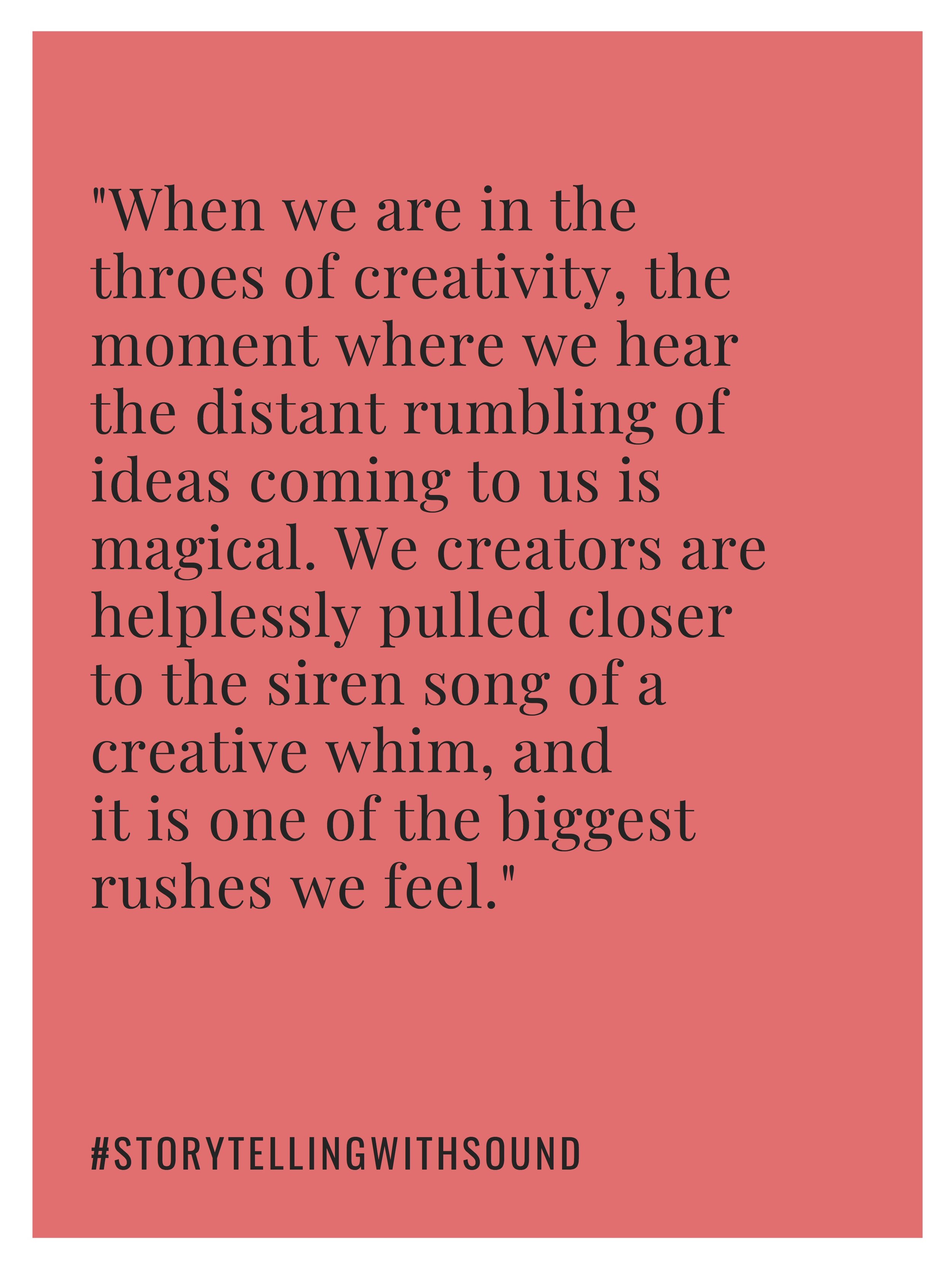I think my high school psychology teacher was only trying to help when he gave me this:
If you want to know what it’s like to be Jon Bon Jovi in the time of the coronavirus pandemic, here he is, washing dishes and caring for the poor.
Totally badass. Well done, sir!
Recenty composed some music for some behind-the-scenes featurettes for Nowheres Wolf: A Call Not Answered, a brilliant short film by Suzanne Moulton.
So awesome!!!
No one wants to talk about death, but when musicians play music for people in hospice, you can’t deny how awesome that is:
Wayne Miles has not got the energy to open his eyes, but a faint smile flickers across his face as he silently mouths the words to the John Denver song Some Days Are Diamonds.
The 59-year-old Glasshouse Mountains man is dying from cancer, and amid the pain and grief music provides solace.
The former truck driver's love for country music is being nurtured by music therapist Tracie Wicks.
She sits with him at his bedside, strumming a guitar or playing the keyboard, and crooning Slim Dusty and John Denver songs that fill the dedicated music room in the Dove Palliative Care wing of the Caloundra Hospital.
This orchestra helps those who are deaf to feel the vibrations of music.
Flutes and both violins in first part, low strings and high clarinet Sfz in the second.
Modular synthesizer enthusiast with physical disability hacks his arm prosthesis to control synthesizers with his mind:
This is so awesome:
11 second cue: Joyous and triumphant. Measured string tremolos, french horns, trumpet, hard mallet timpani, triangle tremolo:
Got invited by Jonas Wikstrand to do a co-demonstration/presentation on film composing at Thinkery21 tomorrow night. Lots of production peeps will be doing demos. See you there?
24 second epic drum cue sketch: WARNING! THIS IS LOUD! Taiko drums, toms, chinese tam tam, french horn ensemble, tremolo strings:
I published an article on this blog not too long ago about emotional impact in film scoring.
To me, we composers use sample libraries to create music that sounds like an orchestra without hiring one out. This has benefits and also some intense drawbacks. In my view: Sample libraries are great tools if we use them right.
From the article:
Emotional impact upon the audience of any film comes from humans who are primed and encouraged to bring their own emotions to the table, who deliver their own emotions in their performances, who take part in a story that has real impact upon the lives of the viewer.
Can this idea apply to the music of a film?
Oh my my, oh hell yes.
The technology for creating entire symphonies in a bedroom is available. It’s even cheap to produce a recording! To create a massive-sounding orchestral film score, many film composers nowadays rely upon sample libraries that include tens of thousands of individual sounds of instruments in the orchestra. The trade off is that they also have to program and then manipulate all of these samples so that they can create the score. In other words, the samples don’t come prearranged for the composer. The composer has to reprogram the sample library to sound appropriate for the film.
This small, almost insignificant detail, the fact that composers have to rearrange a sample so that it can be appropriate for a film score, has a remarkably stark effect on the emotional impact of a film.
Stay with me on this.
Before I get into why, we need to jump into a favorite subject of musicians and the online forums they frequent: Sample libraries...
Pizzicato strings, french horns, flutes, and celeste
The timpani as a melodic instrument, orchestral chimes, offstage flutes and clarinets, and senza vibrato violas. Dark and menacing!
Composed by Dave Wirth, Copyright and Published 2020 Fire, Fire, Red Star Down! ASCAP. All Rights Reserved.
Sudoku:
Gradus Ad Parnassum (counterpoint):






